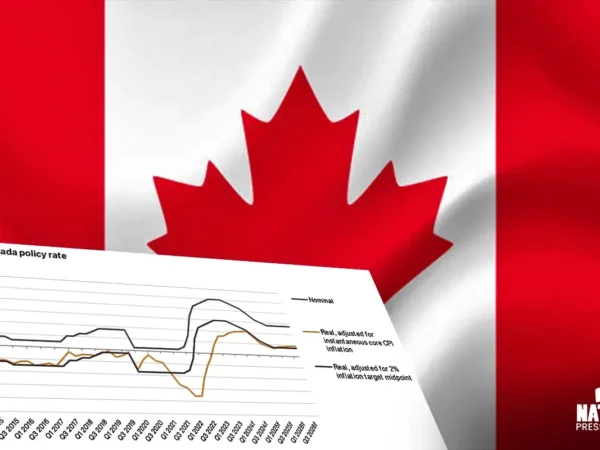U.S. Jobless Claims Climbed Higher Last Week
Key Happenings:
- The four-week moving average of weekly claims smoothed out volatility and edged lower by 250 to a seasonally adjusted 221,000.
- The Labour Department said earlier this month that employers added 263,000 jobs in November, holding near the substantial gains of the previous three months when they averaged 282,000 jobs a month.
- Unfortunately, workers of well-sought-after firms have been fired and asked to vacate offices.
- The number of available jobs in recent months exceeded the number of unemployed Americans seeking work, with 10.3 million openings in October exceeding the 6.1 million unemployed people seeking employment that month.
Unemployed people may spend less and accrue more debt. It leads to higher payments from State and Federal governments for requirements like food stamps. The jobless rates are on the rise in several parts of the world.
Taking counteractive steps and going on the mend is the need of the hour. The recession and the steady and unwarranted price rise is the leading cause of concern for those without jobs. They have to find innovative ways to fend for themselves.
Companies and Firms like Ford Motor Co., Walmart Inc., and PepsiCo Inc. announced plans to reduce head counts as the Federal Reserve indicates the continuance of raised interest rates to pack down high inflation. It began to moderate this fall from the 40-year high earlier this year.
Job growth has slowed from the year’s first half, reflecting increased employer caution and a return to an average pace of job gains. All this occurred following a historically fast pandemic spring back.
Unemployment has a direct impact on the economy of a nation. An immediate effect is on Consumer spending, which reduces. While no single number captures all the nuances in the labor market’s health, the unemployment rate is considered one of the most important economic indicators.
The unemployment rate refers to the share of workers in the labour force who currently do not have a job but are actively looking for work. It is a regular feature in the markets and is widely discussed. As a result, they must come to the surface and inform.
It is a problem for the individuals standing in society. They are not respected as much, and their opinions are negated. The statistics weave a different story than a few’s reality.
The opening jobless claims, a proxy for layoffs, escalated by 9,000 to a seasonally adjusted 225,000 last week. Weekly average claims this year through mid-December were minutely lower than the 2019 average of 218,000 when the labor market was historically strong.
Claims have picked up from the decline this spring but remain at levels that propose many employers are still holding on to their workers. Nevertheless, it is a good sign because there is less uncertainty and more security.
Cooling of the labour market may be treated as an omen or impending doom.
Economists from Jefferies LLC wrote in client notes on Thursday.“It may be the case that businesses are simply waiting for the new year to execute their plans to reduce staff.”
And also mentioned this, “Or this could be a sign that businesses are more reticent to let people go than we think, given the difficulty they experienced in hiring workers in recent years.”
Business thrives on profits, and those employees who rack in profits are safe until they are not. There is something known as unemployment benefits, which is a blessing in disguise.
Layoff announcements have not translated into a sharp increment in unemployment benefits filings. Instead, they suggest that laid-off workers from technology and finance companies may not have filed claims because they quickly found new jobs.
The unemployment statistics of the previous years are listed for a better understanding of the job market and people’s financial state:
-
- For example, the U.S. unemployment rate for 2019 was 3.67%, resulting in a 0.23% decline from 2018.
- The U.S. unemployment rate for 2018 was 3.90%, a 0.46% reduction from 2017.
- The unemployment rate in the US was unchanged at 3.7 percent in November 2022, which matched the market expectations and remained near September’s 29-month low of 3.5 percent.
It does not help that property prices are rising, food prices are skyrocketing, and more out of reach. Salaries do not match the steep rates. Why is the economy the way it is and inconsiderate of a person’s purchasing power?
The hardest lessons are learned when one has no security; that is, when someone is unemployed. Outsourcing of work leaves fewer opportunities for skilled people to earn a living.
The faster technology advances, the quicker people are out of manual jobs. As a result, there is no vacancy created. However, the era of automation is a looming threat.







